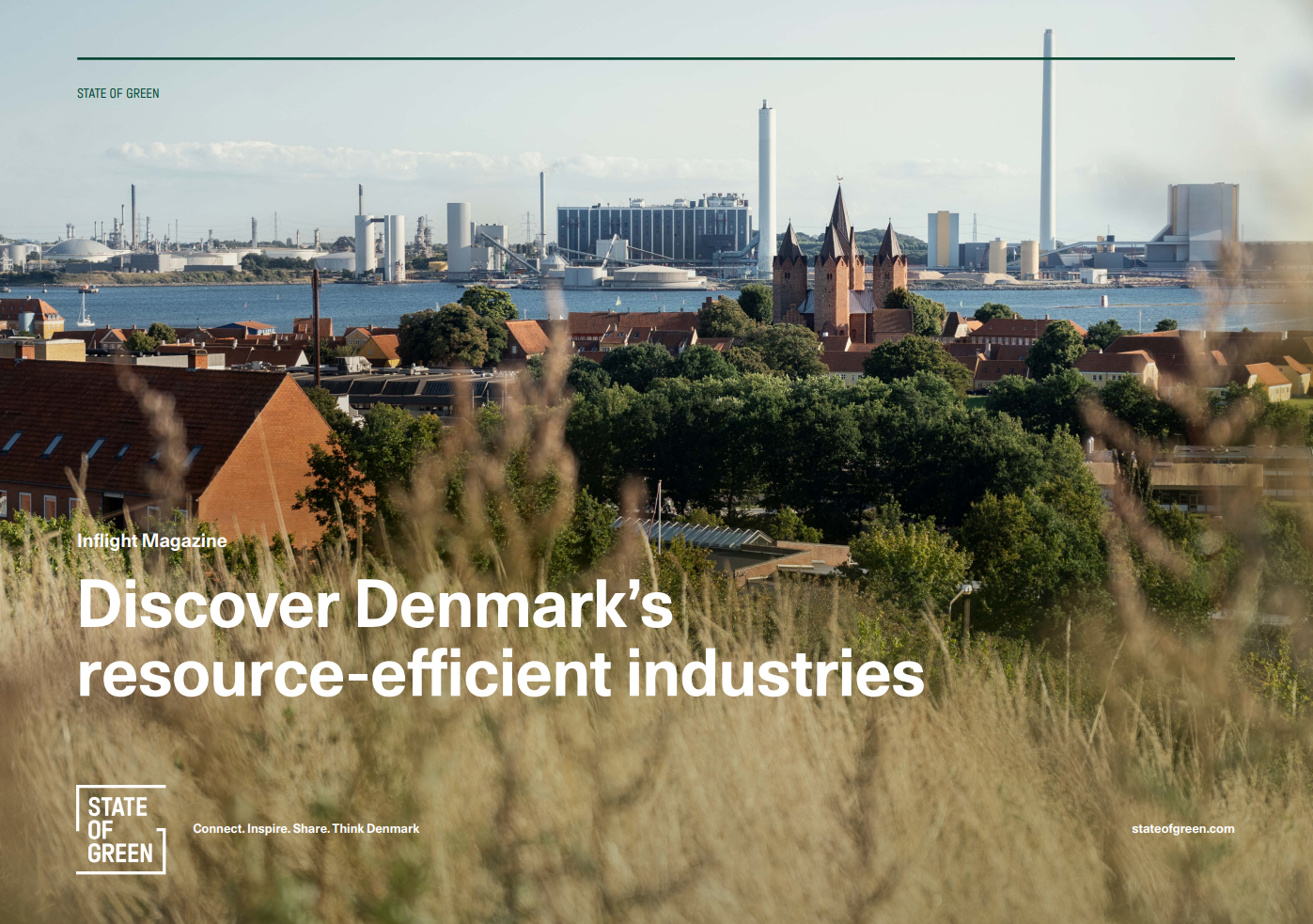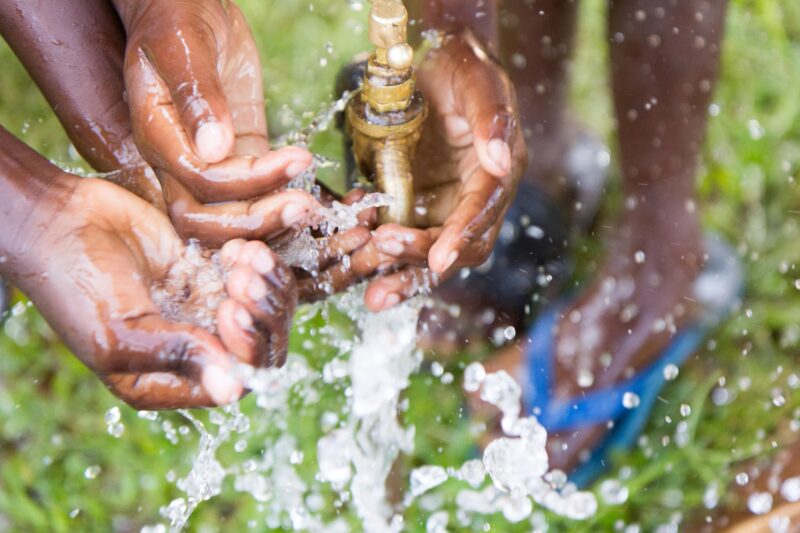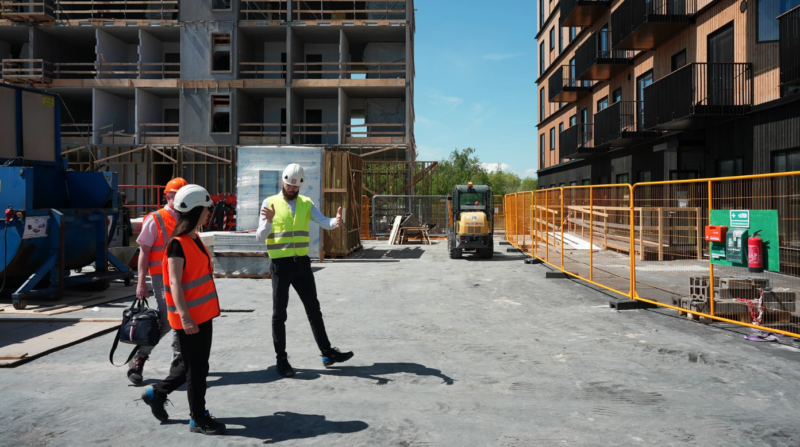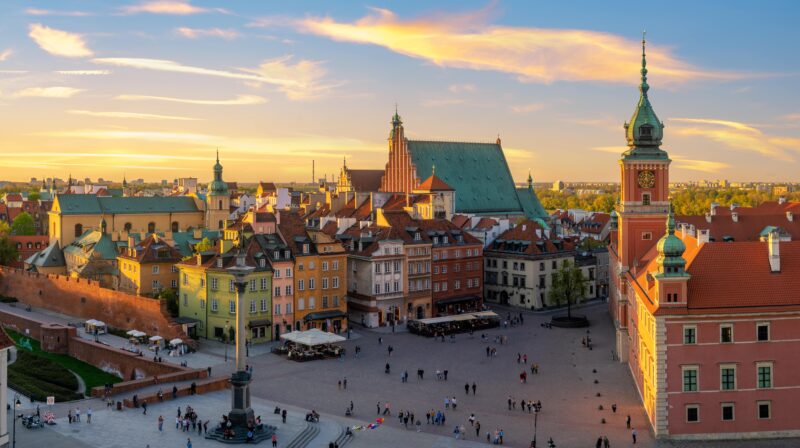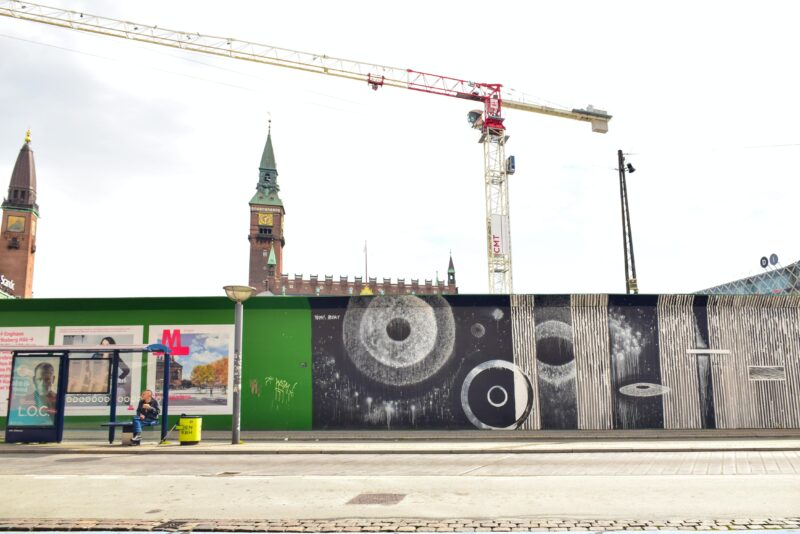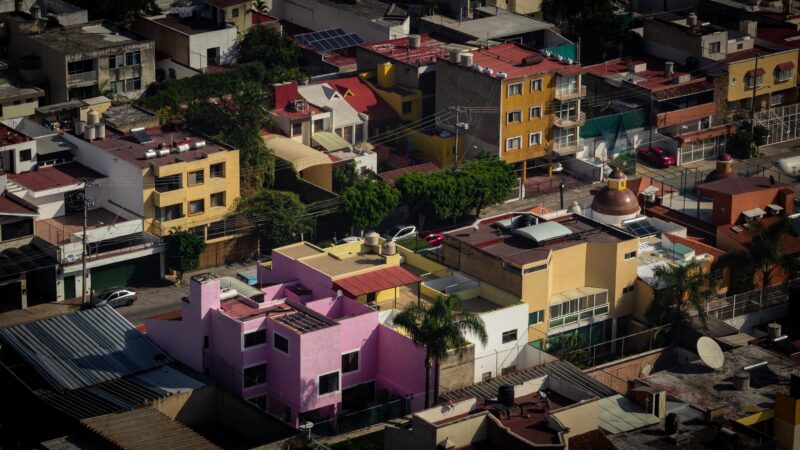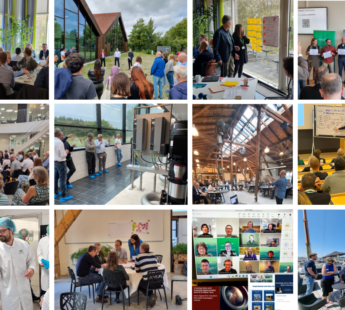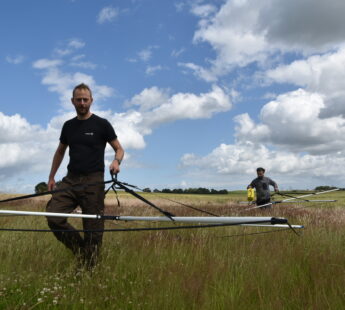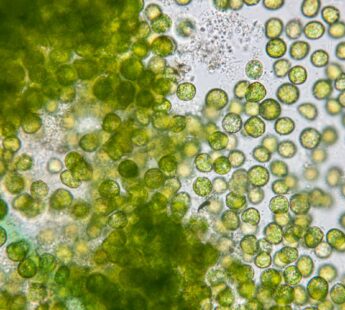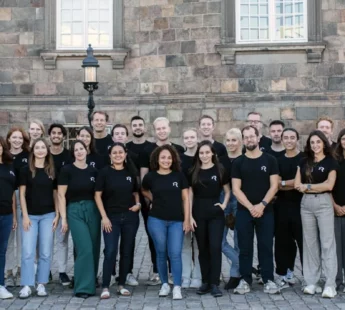News
Resource efficient production
Nordic fashion to be the most sustainable in the world


Scandinavian design is already well-known worldwide. Now the Nordic fashion and textiles industry is also to be recognised as the world’s most sustainable. This is the vision of a new Nordic textiles action plan, drawn up at the initiative of the Danish Minister for the Environment, Kirsten Brosbøl, which will be presented today by the Minister and her Nordic counterparts at the National Museum of Denmark.
The common vision for 2050 is that fashion and textiles are to be part of a circular economy in which the useful life of products is extended and textile fibres are retained in a closed cycle for reuse again and again.
“Nordic fashion will be the most sustainable in the world. New Nordic cuisine has revolutionised the food industry. Now the time has come for the fashion industry, which in Denmark alone accounts for revenues of DKK 40 bn. and employs 10,000 people. Green fashion can be good business. Among other things, we want to set up an Academy for Nordic Sustainable Fashion and Textiles so that ultimately designers from the whole Nordic region can be trained in sustainable design,” said Kirsten Brosbøl.
The action plan contains specific initiatives focussing on design, production, consumption and reuse.
Serious pollution
The fashion and textiles industry is one of the most polluting industries in the world, and it impacts the environment as well as occupational health and safety with its enormous consumption of water, energy, chemicals and pesticides.
The action plan unites the Nordic countries in a common front to combat the problem.
“Production of just a single t-shirt requires 1,400 litres of water. We share our focus on the environment, social responsibility, and green growth with our Nordic neighbours and now, together, we will steer the fashion and textiles industry in a greener direction. In the future, our clothes will be part of a circular economy in which textile fibres are reused again and again. We’re taking the first step now,” said Kirsten Brosbøl
The action plan is the first step towards the vision and the specific initiatives in the action plan will be concluded in 2017. The action plan is an initiative under the Danish Presidency of the Nordic Council of Ministers.
Further information
Lillan Clemmensen, Communication Officer, Danish Ministry of the Environment, tel. +45 9136 6997, e-mail: [email protected]
About the action plan: Heidi Hilbert, Head of Section,Danish Environmental Protection Agency, tel. +45 7254 4215, e-mail: [email protected]
Facts
- People living in the Nordic countries use 13-16 kg clothes per capita per year. With 16 kg, Denmark has the highest per-capita textiles consumption of all the Nordic countries.
- The amount of water required to produce textiles corresponding to the average annual textile purchases of an average Nordic consumer is far greater than the water consumption of a Nordic household of three individuals. It also accounts for carbon emissions corresponding to driving 2,000 km in a family car.
- In 2011, 34,400 tonnes of textiles were manufactured in the Nordic region, and in addition to this, Nordic fashion companies account for a large textile production in Asia. Total net Nordic imports in 2012 amounted to 316,000 tonnes of textiles.
Sources: Nordic Council of Ministers and the Trade Council.
You should consider reading
publications
Energy efficiency in industry
+7
Discover Denmark’s resource-efficient industries
8 September 2023News
Air pollution from industry production
+25
